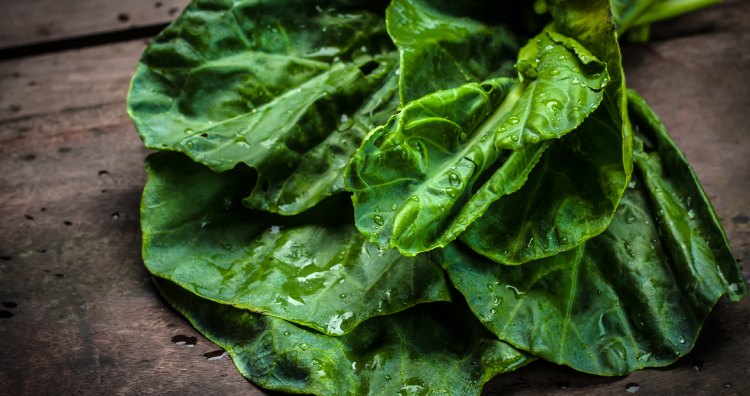10 of the Most Underutilized Vegetables

Cooking food is one of the most remarkable techniques invented by humans. There are an uncountable number of vegetables that we’ve cultivated, cooked, consumed, and also commercialized since the invention of cooking. It is in no way obvious to know every previously edible or possibly edible vegetable. Some of them simply go overlooked even if they have excellent health or other benefits. Here is a list of 10 of the most underutilized vegetables.
1 Malabar spinach
Malabar spinach is a fast-growing and soft-stemmed vine that is grown in tropical parts of Asia. There are two varieties of the leafy vegetable. It is either red or green and is grown annually in the tropical heat. The plant is also used as an ornamental foliage vine.
Scientifically called Basella alba, Malabar spinach is also known by other names like Indian spinach, Ceylon spinach, vine spinach, and climbing spinach. Its edible leaves are dark green, glossy, oval-shaped, semi-succulent, and have a slimy texture.
In taste, the leaves are similar to spinach but have a little peppery flavor with a drop of citrus. This vegetable is eaten in green salads or like boiled spinach or also in thickened soups and stews. The leaves are mostly eaten when they are young because once the plant starts flowering, they become bitter.
The growth of Malabar spinach requires exposure to full sunlight, and fertile, moist but well-drained soils. In Sri Lanka, the leaves are used in multiple curry recipes. People of the Philippines use it in one of their most common dishes called “Utan.” It is also used in Indian and Chinese cuisines. The red variant of spinach is historically used to make red dyes in China. (1, 2)
2 SquashÂ
In the gourd family, the squash genus is widely cultivated as vegetables and to feed livestock. These were natively grown in the New World by indigenous people before the European settlements. The fruit of the plant is served as a vegetable, and the seeds and blossoms can be cooked or eaten.
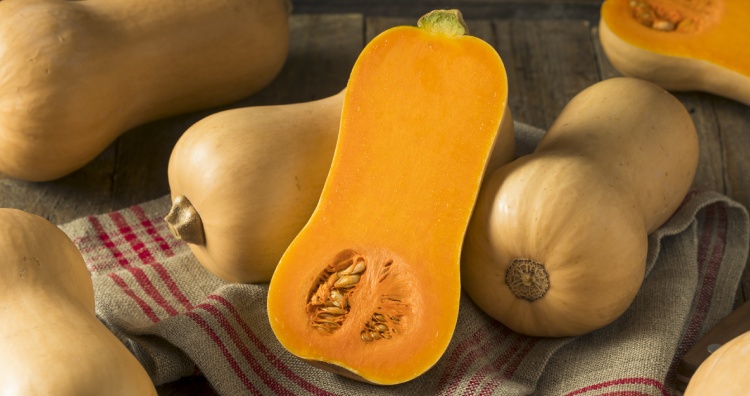
Squash plants originated in the Americas. They bear tendrils with hairy stems and have unisexual flowers. The squash are the fruit parts of the plants and are fleshy, have a leathery rind, and have a false berry called a “pepo.”
There are three broad categories of squash in North America depending on whether they are harvested in the immature or the mature stage. The types are summer, winter, and autumn squash.
Despite their origin in the Americas, now they are cultivated in almost every part of the world. They are quite nutritious with high levels of vitamin C and A, niacin, iron, and riboflavin.
Their physical characteristics are dynamic because they are available in a variety of colors, color patterns, and shapes.
Some of the important members of the genus squash include watermelon, melon, pumpkin, luffas, cucumber, and zucchini. (1, 2)
3 Tarwi
An edible bean known as ‘tarwi’ or lupines mutabilis is grown in the Andes, and it belongs to the species lupin. People outside the Andes are unfamiliar with its nutrient-rich seeds because they are bitter. However, they are packed with enriched protein and are a good source for making cooking oil.
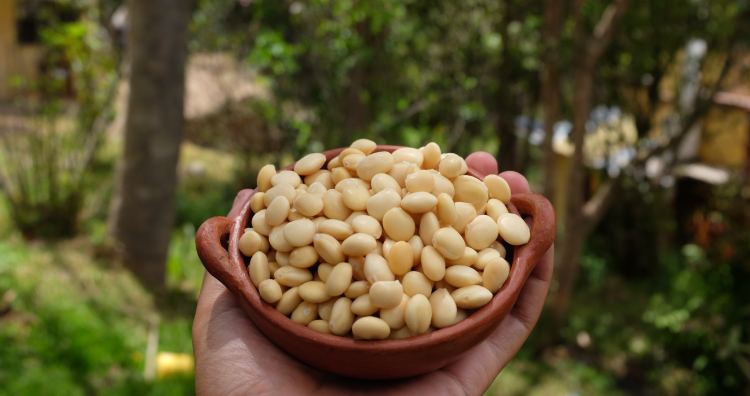
The use of these seeds is native to South American countries from Columbia to Argentina and Chile. The use of tarwi collapsed drastically after the Spanish colonization, just like many other native Andes foods.
It was grown on the high altitudes of the Andes Mountains and eaten by the pre-Inca people in South America.
This incredible seed shows high resistance to pests, almost 40% of it is filled with protein, and 20% is oil content. The overall nutritional composition of the two seeds resembles that of soybean seed. It is used as one of the ingredients in soups and stews.
However, it is necessary to note that tarwi seeds must always be soaked for at least 48 hours before use because they have high levels of bitter alkaloids.Â
Other parts of the plant have ornamental uses like the attractive flowers that it bears. It has a wonderful ability to grow in marginal soil. (source)
4 Parsnip
Similar to carrot, parsnip is a root vegetable that belongs to a flowering plant family Apiaceae. After the winter frosts, the cream-colored skin and flesh tap root matures and become edible. It has been used since antiquity, was cultivated by the Romans, and is native to Eurasia. It was even used as a sweetener before cane sugar was introduced in Europe.
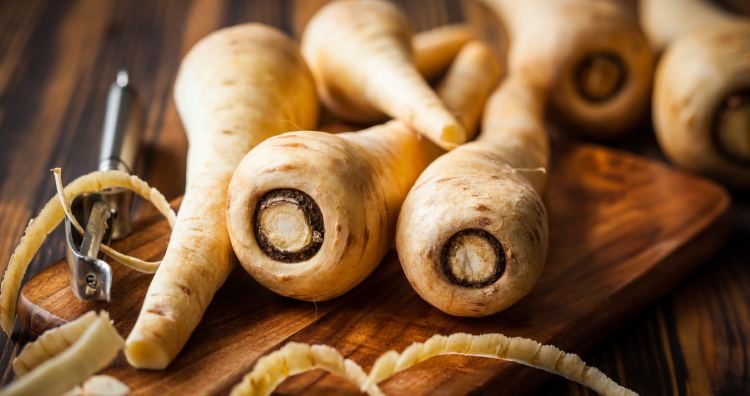
Appearing like a pale carrot, the parsnip was introduced to the Americas in the 17th century and now has naturalized in North America. The delicious tap root, nonetheless, was enjoyed by Eurasians for thousands of years.
Besides having a sweet taste, parsnips have varied health benefits. They are rich in antioxidants, soluble and insoluble fibers, vitamin C, vitamin K, folate, and other micronutrients.
They taste sweet like carrots but have a little nutty, earthy undertone. They can be cooked but are also eaten raw by many. The winter frost is the perfect timing for their harvest. The taproot becomes inedible once this time passes and becomes woody.
The sweet vegetable is vulnerable to the carrot fly and other insect pests. They are also attached by viruses and fungal pests, of which canker is the worst. (1, 2, 3)
5 Tomatillo
Native to Mexico and Central America, the tomatillo is an annual plant that has been an important food crop for millennia. The tart fruit of the plant can be eaten raw or made into soups and jams. In some places, it is roasted and grounded with spicy peppers to form a green sauce which is used as a condiment on meats.
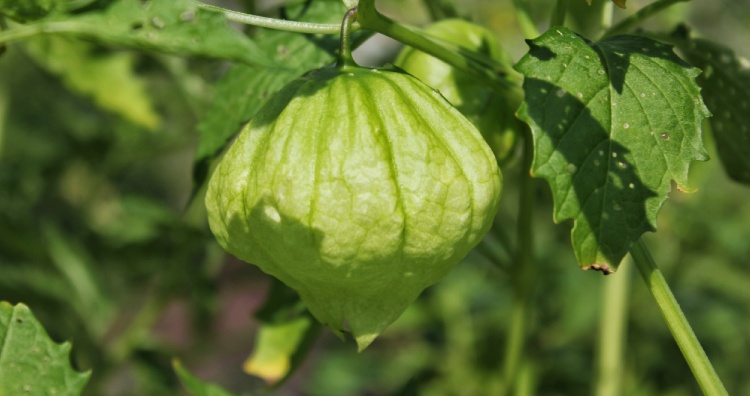
The tomatillo fruit is just a berry with tiny seeds inside it and is generally green, yellow, or purple. The plant of this fruity vegetable is frost-sensitive and grows well in warm climates.
It is thought that the fruit was first made used by the Aztecs in Central Mexico around 800 BCE. It was a significant food crop to many pre-Columbian people in Mesoamerica like the Mayans.
The Spaniards tried to bring the plant back to Spain, but it couldn’t survive the climate there. The name “tomatillo” was given by them and means “little tomato” in Spanish.Â
It was also introduced to India in the 1950s where it survived and found its place in many traditional dishes. It is highly commercialized in Mexico and Guatemala, and it is also cultivated in the US, Australia, and South America.
To mention its nutrients, the vegetable is a good source of dietary fiber, vitamin C, vitamin K, niacin. (source)














